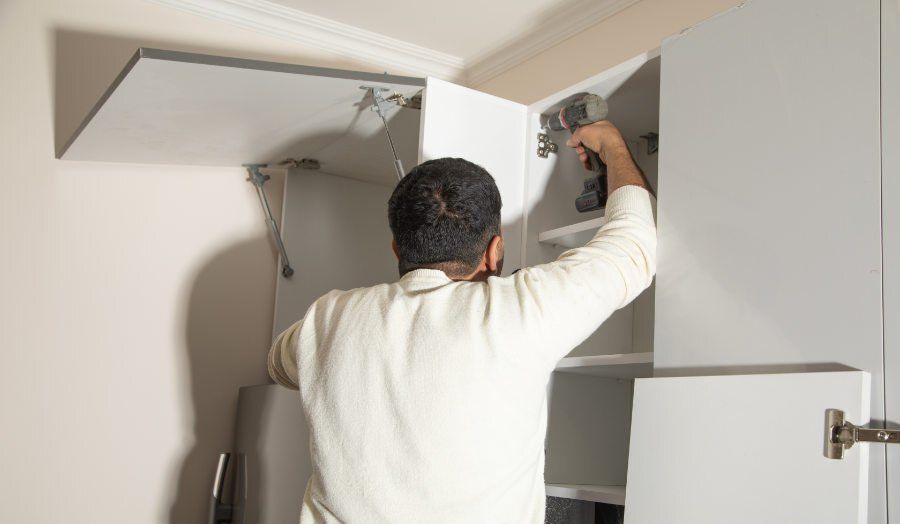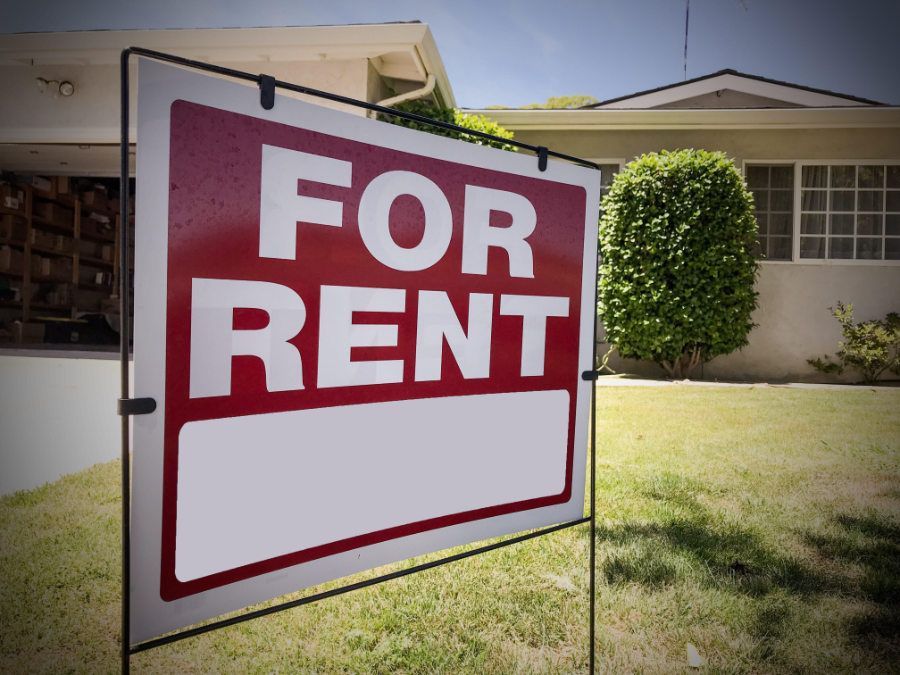What is Normal Wear and Tear vs. Property Damage?
What Is The Difference?

Security deposit can vary from rental to rental, but it’s meant to be used to cover any property damage done by your tenant. Although the rules for security deposit can differ depending on your lease agreement in conjunction with local laws the security deposit should be returned to the tenant if the Long Beach rental residence was left looking great.
What is considered normal wear and tear? What determines property damage?
It's important to understand the difference as many tenants may consider legal action if they feel they are being wronged. Join me as we go through the differences between normal wear and tear vs property damage.
What is Considered Normal Wear and Tear
General wear and tear is expected to occur in any rental. So long as the tenant is not being negligent, or careless with the rental property deterioration of the property is expected. Especially when a long term tenant is moving out, if they have lived in your rental property for years there should be more wear and tear compared to a short term tenant. Common examples of normal wear and tear are fading paint on the walls due to age or the sun, or wear patterns on the carpet where it's commonly walked on.
What is Considered Property Damage
Unlike what is considered normal wear and tear, property damage is typically caused by the tenant’s negligence, or abuse of the property. This will often cost additional time and money to prepare the residence for the next tenant. While normal wear and tear cannot be deducted from the security deposit, property damage caused to the rental is the tenant's responsibility. It's recommended you hire a professional to give an estimate on the repairs before deciding on a price. Examples of property damage can include broken windows and window screens or large holes in doors and walls.
Normal Wear and Tear v.s. Property Damage
It may not seem obvious to landlords whether their rental property has suffered property damage or normal wear and tear. To help get a better judgment, below is a chart of what would be considered normal wear and tear and what the tenant may be liable for.
| Normal Wear and Tear | Property Damage |
|---|---|
| Fading paint or wallpaper on walls | Torn wallpaper or unauthorized painted walls |
| Discolored or worn carpet | Burns, oil stains, or pet urine stains on carpet |
| Scratched or scuffed wood flooring | Deep gouging or fractured wood flooring |
| Worn out appliances | Physically damaged or abused appliances |
| Loose toilet | Broken toilet (handle, tank, seat) |
| Worn or faded countertops | Burns or cuts on countertop |
| Leaking faucet, toilet, bathtub or shower | Water damage caused but unreported leaks |
| Pin or nail holes in the walls | Large holes or punctures in the walls |
| Stuck window | Broken window or missing window screen |
| Loose door handles | Broken or missing door handles |
Depending on the lease agreement there may be more items your tenant may be liable for, however, this needs to be disclosed prior to signing a contract.
When a tenant moves out while leaving the residence in good shape it's always a good idea to ask them if they have friends or family currently looking for a new rental property. They are likely to refer to tenants with similar qualities. This can reduce vacancy periods and give a higher likelihood of producing another high-quality tenant.
If you are still unsure as to what would be considered property damage or natural wear and tear and would like more details about our services, consider calling us at (562) 888-0247, or feel free to fill out our
free rental analysis to see what your rental could yield today.





